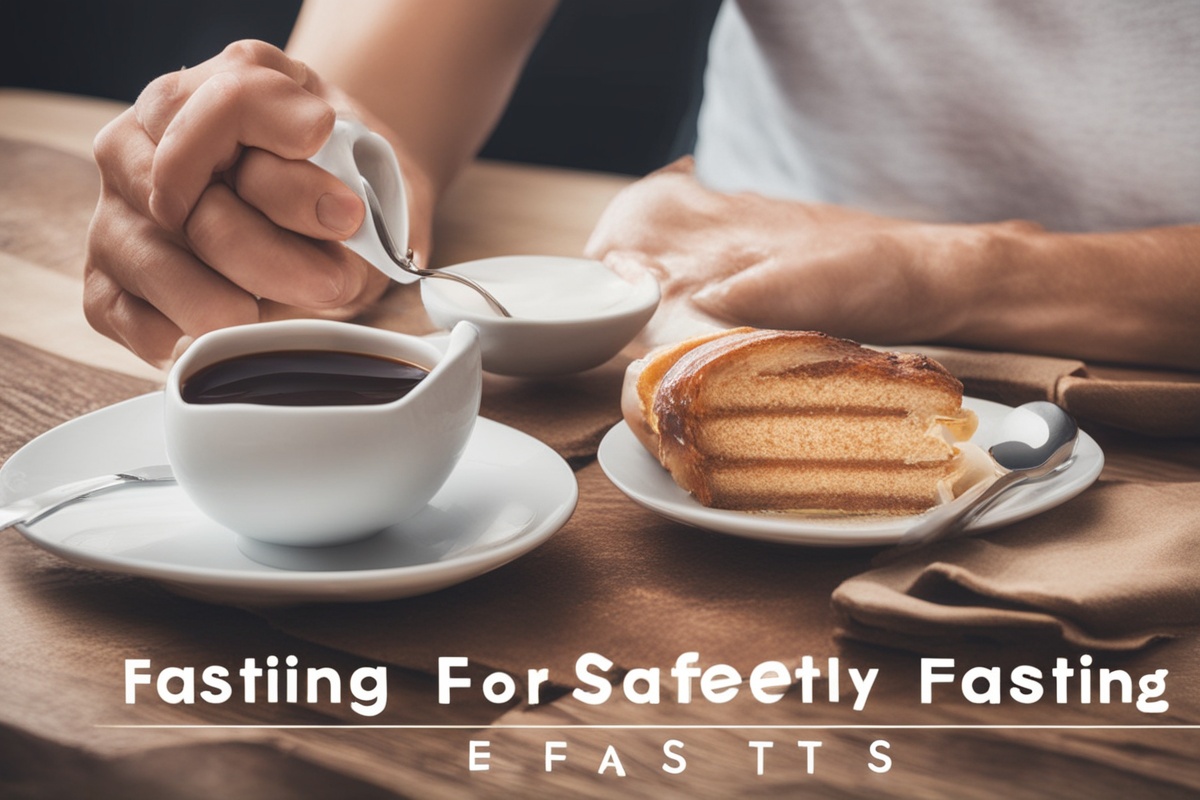Hey there, fellow health enthusiasts! If you’re considering fasting as a way to boost your wellness, lose weight, or simply reset your body, you’re in good company. Fasting has gained massive popularity for its potential benefits, from improved metabolic health to mental clarity. But let’s get real—fasting isn’t a one-size-fits-all solution, and diving in without understanding the necessary fasting precautions can lead to more harm than good. Whether you’re a newbie trying intermittent fasting or a seasoned pro exploring extended fasts, safety should always be your top priority. In this comprehensive guide, we’ll walk through the ins and outs of fasting safety, share practical tips, and back it all up with science. Let’s ensure your fasting journey is both effective and safe!
Why Fasting Precautions Matter
Fasting, at its core, is about voluntarily abstaining from food for a set period. While it can offer benefits like weight loss and improved insulin sensitivity (Varady et al., 2013), it’s not without risks if done improperly. Without proper fasting safety tips, you might experience dehydration, nutrient deficiencies, or even exacerbate underlying health conditions. Think of fasting as a powerful tool—it can build you up, but only if you use it wisely. Ignoring precautions can lead to dizziness, fatigue, or in severe cases, medical emergencies. So, before you skip your next meal, let’s dive into why taking fasting seriously is non-negotiable.
Who Should Avoid Fasting? Understanding Personal Risks
Not everyone is a good candidate for fasting, and recognizing your personal health status is a critical part of fasting precautions. Certain groups should steer clear or consult a healthcare provider before starting any fasting regimen. For instance, pregnant or breastfeeding women need consistent nutrition for themselves and their babies, and fasting could jeopardize that (American College of Obstetricians and Gynecologists, 2020). Similarly, individuals with diabetes, especially those on insulin or medications, risk dangerous blood sugar fluctuations during a fast (Horne et al., 2015). If you have a history of eating disorders, fasting might trigger unhealthy behaviors or mental stress. Always prioritize your health by getting a professional opinion if you fall into a high-risk category.
- Pregnant or breastfeeding individuals should avoid fasting due to increased nutritional needs.
- People with diabetes must consult a doctor to prevent blood sugar imbalances.
- Those with eating disorders may find fasting harmful to mental health.
- Children and adolescents need steady energy for growth and should not fast.
How to Prepare for a Safe Fasting Experience
Preparation is the foundation of safe fasting practices. Jumping into a fast without planning is like running a marathon without training—you’re setting yourself up for a rough ride. Start by easing into it; if you’re new, try a shorter fast like the 16:8 intermittent fasting method before attempting a multi-day water fast. Hydration is another key aspect of fasting safety guidelines. Drink plenty of water in the days leading up to your fast to avoid dehydration once you begin (Institute of Medicine, 2005). Also, focus on nutrient-dense meals before fasting to stock up on essential vitamins and minerals. Think leafy greens, lean proteins, and healthy fats. Preparation isn’t just physical—it’s mental too. Set realistic goals and remind yourself why you’re fasting to stay motivated.
Common Fasting Side Effects and How to Manage Them
Even with the best fasting precautions, you might encounter some bumps along the way. Common side effects include headaches, irritability (hello, hanger!), and fatigue, especially in the first few days as your body adjusts to ketosis (Anton et al., 2018). These are often temporary, but knowing how to handle them can make or break your experience. For headaches, ensure you’re staying hydrated and consider adding a pinch of salt to your water to replenish electrolytes. If hunger pangs hit hard, distract yourself with light activities like reading or walking. And if you feel overly fatigued or dizzy, listen to your body—breaking your fast with a small, balanced meal might be the safest choice. Remember, pushing through severe discomfort isn’t a badge of honor; it’s a red flag.
- Drink water with electrolytes to combat headaches and dehydration.
- Engage in low-stress activities to distract from hunger.
- Rest if you feel fatigued, and don’t hesitate to end the fast if needed.
- Keep a journal to track symptoms and identify patterns during fasting.
- Consult a professional if side effects persist or worsen over time.
Breaking Your Fast: Do It Right
One of the most overlooked aspects of safe fasting practices is how you break your fast. After hours or days without food, your digestive system needs a gentle reintroduction to solids. Gorging on a heavy meal right away can lead to stomach pain, bloating, or even a dangerous condition called refeeding syndrome in extreme cases (Mehanna et al., 2008). Start with small portions of easily digestible foods like broth, yogurt, or steamed vegetables. Gradually increase portion sizes and food complexity over a day or two, depending on the length of your fast. This approach not only protects your gut but also helps maintain the benefits of fasting by preventing blood sugar spikes. Patience is your friend here—don’t rush the process.
Long-Term Fasting Safety: Know Your Limits
Extended fasting—lasting more than 24–48 hours—can offer unique benefits like deeper autophagy (cellular cleanup), but it also comes with heightened risks if not approached with strict fasting safety tips. Prolonged fasts should only be done under medical supervision, especially for beginners. Without proper monitoring, you risk severe electrolyte imbalances, muscle loss, or organ stress (Longo & Mattson, 2014). If you’re considering a long-term fast, get blood work done beforehand to check your baseline health, and have a plan to break the fast safely. Most importantly, don’t let social media or fasting “gurus” pressure you into pushing beyond your limits. Fasting is personal, and what works for one person might not work for you. Tune into your body’s signals and prioritize safety over speed or trends.
As we wrap up, let’s reflect on the journey of fasting with safety in mind. Embracing fasting precautions isn’t about fear—it’s about empowerment. By understanding who should avoid fasting, preparing properly, managing side effects, breaking your fast gently, and knowing your limits for extended fasts, you’re setting yourself up for a sustainable and rewarding experience. Fasting can be a fantastic tool for health when done right, but it’s not a race or a test of willpower. Listen to your body, consult professionals when needed, and approach each fast with intention. Have you tried fasting before, or are you just starting out? Drop your thoughts or questions below—I’d love to hear about your journey and help you navigate the world of safe fasting!
References
- American College of Obstetricians and Gynecologists. (2020). Nutrition during pregnancy. ACOG Guidelines.
- Anton, S. D., Moehl, K., Donahoo, W. T., Marosi, K., Lee, S. A., Mainous, A. G., … & Mattson, M. P. (2018). Flipping the metabolic switch: Understanding and applying the health benefits of fasting. Obesity, 26(2), 254-268.
- Horne, B. D., Muhlestein, J. B., & Anderson, J. L. (2015). Health effects of intermittent fasting: Hormesis or harm? A systematic review. The American Journal of Clinical Nutrition, 102(2), 464-470.
- Institute of Medicine. (2005). Dietary reference intakes for water, potassium, sodium, chloride, and sulfate. National Academies Press.
- Longo, V. D., & Mattson, M. P. (2014). Fasting: Molecular mechanisms and clinical applications. Cell Metabolism, 19(2), 181-192.
- Mehanna, H. M., Moledina, J., & Travis, J. (2008). Refeeding syndrome: What it is, and how to prevent and treat it. BMJ, 336(7659), 1495-1498.
- Nutrition Journal, 12(1), 146.






